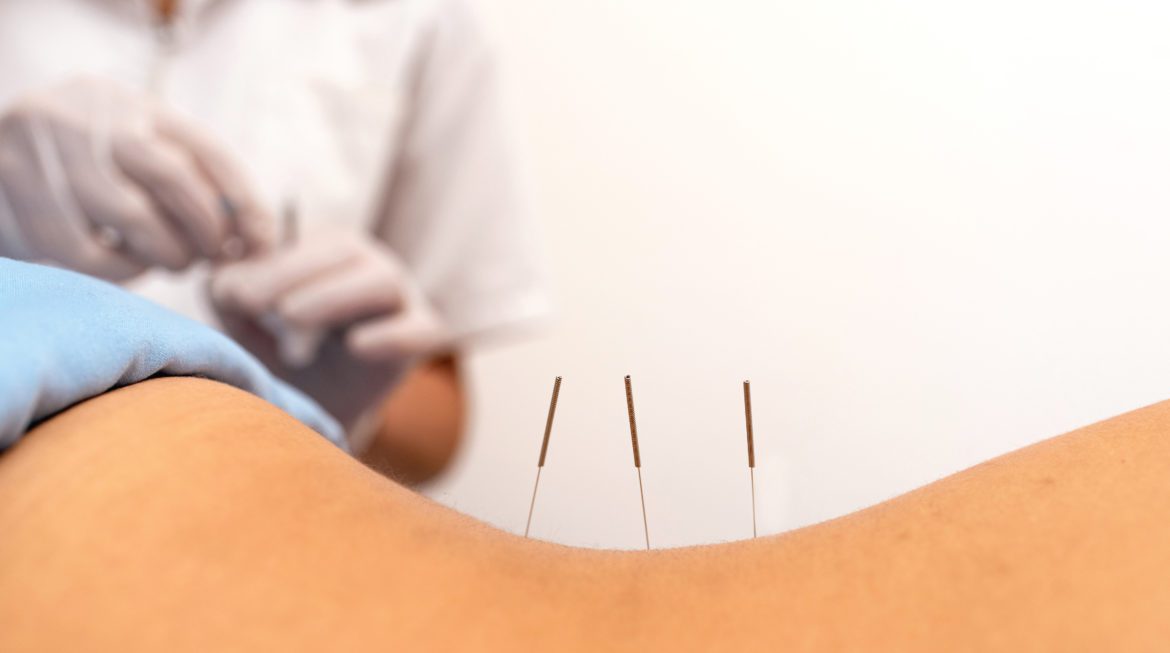Dry needling is a procedure used by a wide range of healthcare professionals, including acupuncturists, chiropractors, medical doctors, physical therapists, and more. For this procedure, a thin needle is placed directly into muscle tissue, tendons or ligaments, or near nerves to trigger your body’s healing response by activating healthy inflammation localized to your treatment areas.
This controlled inflammation serves as the body’s signal to heal damaged tissues. Dry needling is believed to activate the body’s pain-reducing pathways in the sympathetic nervous system and stimulate serotonin and norepinephrine, which facilitates reduction in muscle aches and pain. Your practitioner could order this procedure to be paired with typical pain management techniques and other conservative measures for chronic muscle aches and joint pain.
To ensure you are a good candidate for this treatment, a certified dry-needling provider will screen for relevant medical conditions. Then, the provider will review your relevant medical history and current symptoms to determine which needle placement will best alleviate your symptoms.
The needles are left within the soft tissue structure for a time and may be adjusted by the provider to ensure the desired physiological response occurs. Typically, this procedure takes up to 10 minutes, but the timeframe can vary depending on the severity of symptoms or structure being targeted.
Sometimes, rather than winding the needle manually, your treatment provider will place the needles and attach a TENS unit to them, which produces a small current down the length of the needle directly into the muscle tissue. This causes a similar effect to the needle being manually wound by the provider and encourages reduced tissue tension. A change in your symptoms could occur immediately as a result of the dry needling, but typically it is noticed within 12–24 hours.
Dry needling is an effective means of controlling and reducing pain from soft tissue structures, but it is best paired with traditional interventions to maintain optimal effect.
Research is constantly being done to update and improve medical treatments, and dry needling is no exception. If you believe that dry needling is a treatment that could benefit you, or if you have any questions about this procedure, talk to your medical provider to see if dry needling is right for you.


